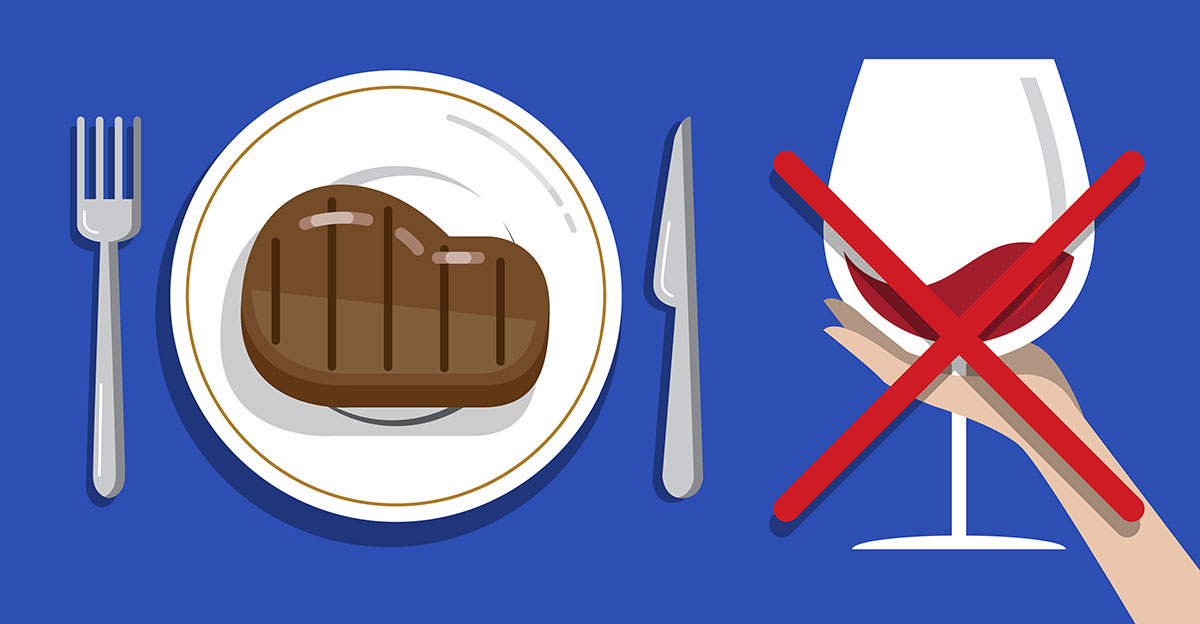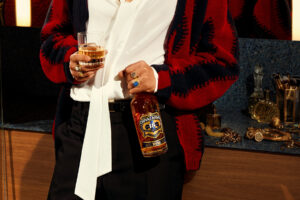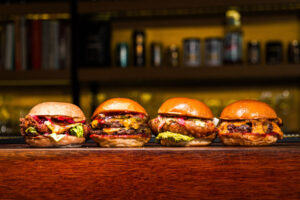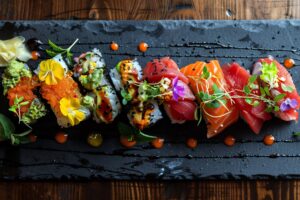We speak to Hor Phooi Sin, Principal Consultant of Etiquette Academy Asia on the do’s and don’ts of fine dining so you can avoid ‘that awkward moment’ during your next fancy meal.
Unless you’re born into a royal or noble family, most of us only learn fine dining etiquette from our personal observations. The problem with that is, how do you know if others are doing it right or just winging it like yourself?
Besides, fine dining etiquette may differ across culture and the setting of a particular establishment. With many modern, high-end restaurants gravitating towards a more relaxed, subdued approach to traditional formalities, the lines are now more blurred than ever before.
Nevertheless, a number of basic rules still apply at most, if not all, upscale restaurants. We speak to Hor Phooi Sin, Principal Consultant of Etiquette Academy Asia on the failproof do’s and don’ts when it comes to fine dining so you can avoid ‘that awkward moment’ during your next fancy meal.
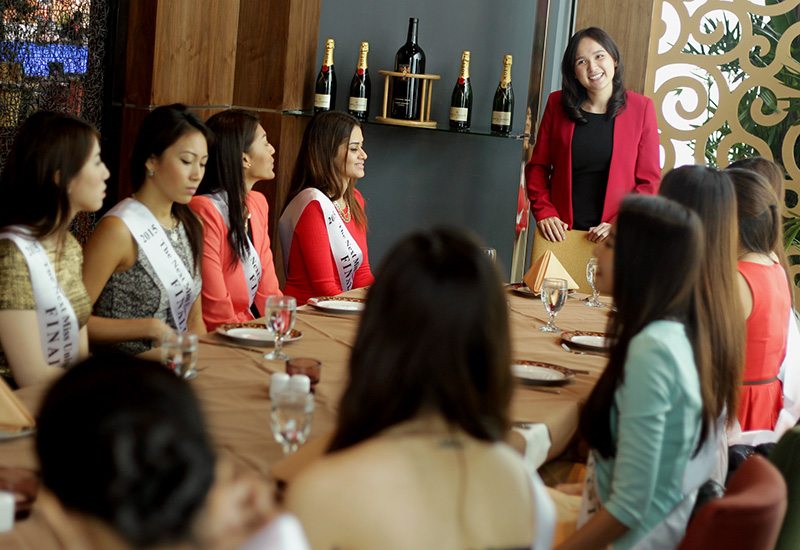
Napkin placement and use
Do: Allow the waiters to perform the niceties or if you must do it yourself, simply fold the napkin in half and place it on your lap at the start of the meal. If it drops onto the floor, feel free to ask the waiter for a fresh one.

Don’t: Use the outer fold of the napkin to wipe your mouth. Instead, use the inner layer of the napkin to dab your mouth gently and discreetly so that the stains are not easily visible.
Do: Place your napkin on the chair when you need to be excused but would like to continue with your meal after. Place your napkin on the table when you are finished with your meal.
Don’t: Spit bones or food onto your napkin. (Phooi names this as one of the biggest pet peeves where fine dining is concerned, so seriously, don’t do it).
Table setting
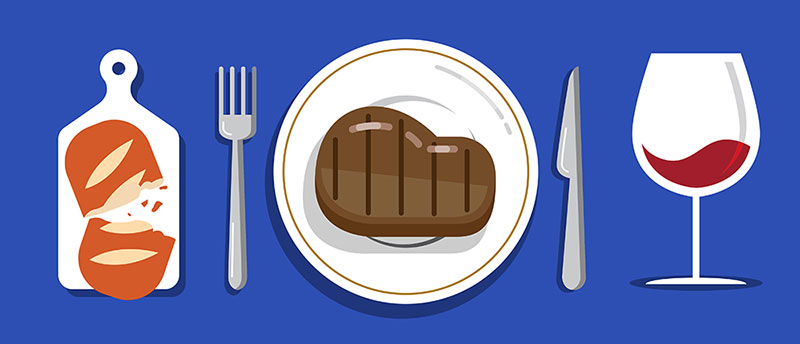 Do: Keep your bread plate placed on your left and your glass(es) placed on your right. “To make it easier to remember, I always ask my students to do the letter ‘b’ with their left hand and the letter ‘d’ with their right hand. B is for bread. D is for Drink,” Hor adds for good measure.
Do: Keep your bread plate placed on your left and your glass(es) placed on your right. “To make it easier to remember, I always ask my students to do the letter ‘b’ with their left hand and the letter ‘d’ with their right hand. B is for bread. D is for Drink,” Hor adds for good measure.
Buttering bread

Don’t: Cut your bread roll in half with a knife and butter it.
Do: Tear your bread roll (yes, this is one time you should use your hands) into bite-sized pieces and butter them. One serving can usually be torn into four to six bite-sized pieces.
Using cutlery
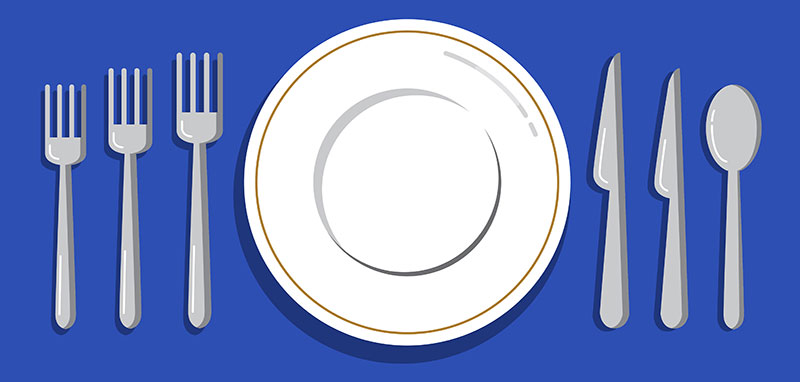 Do: Start with the outer cutlery work your way towards the serving plate. Protip: The number and type/size of cutleries usually indicate the number and type of courses (appetiser, soup, main, etc.) respectively.
Do: Start with the outer cutlery work your way towards the serving plate. Protip: The number and type/size of cutleries usually indicate the number and type of courses (appetiser, soup, main, etc.) respectively.
Don’t: Put your cutleries back on the table after use. Rather, leave it on the plate or bowl for the waiter to clear it. If the same set of cutleries is needed for the next course, the waiter will bring a clean set. Otherwise, continue with the next outermost cutlery for the following course.

Drinking wine
Don’t: Hold the wine glass at the base of the bowl. Your skin’s temperature will warm up the glass and affect the taste of the wine.
Do: Hold the glass by the stem and swirl it before nosing and sipping the wine.
Drinking tea
Don’t: Hold your teacup with your pinky finger facing up. Contrary to popular belief, it does not make you look posh but instead insolently insinuates elitism.
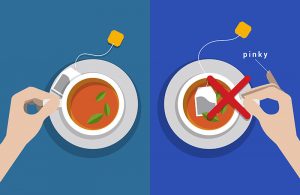 Do: Use your index and third finger to firmly hold the handle while leaving your fourth and fifth (pinky) finger curled towards your wrist to support the bottom of the handle. For smaller cups/handles, simply use your index finger to hold the handle while the remaining fingers support the base.
Do: Use your index and third finger to firmly hold the handle while leaving your fourth and fifth (pinky) finger curled towards your wrist to support the bottom of the handle. For smaller cups/handles, simply use your index finger to hold the handle while the remaining fingers support the base.
Don’t: Leave the teabag in the cup while drinking. Always take it out and place it on the saucer before sipping your tea.
Eating sushi
Do: Order your sushi from lightest to heaviest in terms of flavour. For example, tuna should be eaten before salmon, followed by tamago.
Don’t: Mix wasabi with soy sauce. Authentic Japanese restaurants always serve sushi with wasabi already added to it.
Do: Dip the fish – not the rice – into the soy sauce. You don’t (shouldn’t) want the rice to soak up too much soy sauce and overpower the taste of the fish, after all.
Related: Sushi secrets: 10 things to know about eating sushi
Dipping sauces
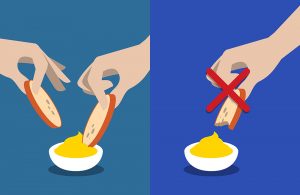
Don’t: Double dip into sauces. According to Hor, this is another major pet peeve many fine dining guests don’t appreciate.
Do: Be generous with your first dip if you must, but be courteous enough to leave some for other diners.
Excusing yourself
Don’t: Leave the table unannounced.
Do: Always verbally excuse yourself from the table if you need to reapply your makeup, use the bathroom or even pick your teeth.
For more information or to sign up for etiquette training, log on to Etiquette Academy’s website here.
Illustrations: Gan Yew Chin




